Crazy Beautiful: Gallery of Treehopper Helmet Designs
Scary Beautiful Bugs
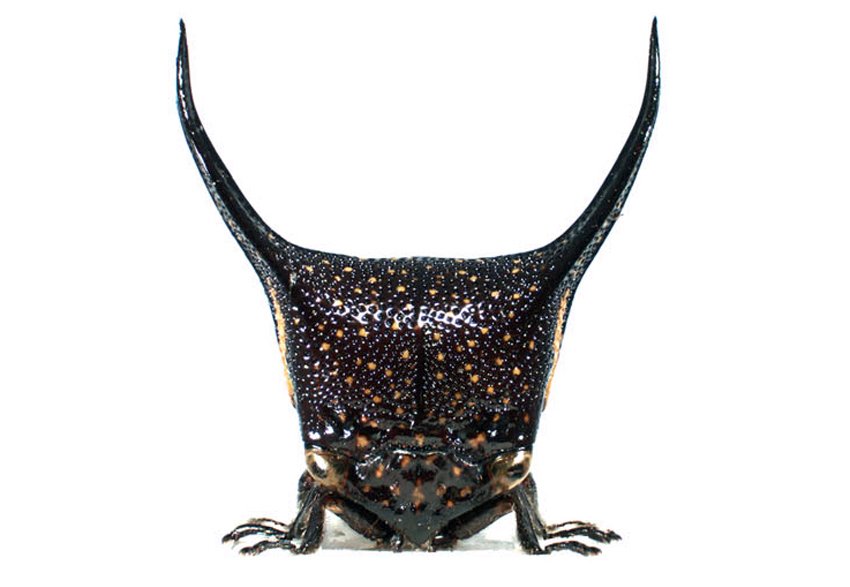
Watch out, Lady Gaga, you've got some serious competition in the crazy headgear department. Treehoppers, which are found in the Membracidae family, grow fascinating "helmets" that can mimic the environment in which they live — or even look like completely different insects.
Hey, Four-Eyes!
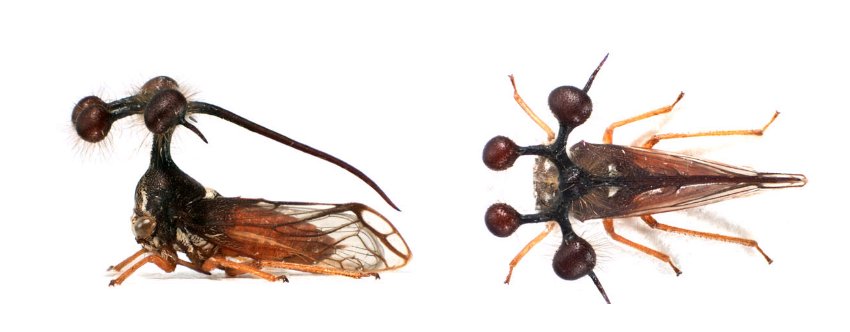
There are more than 2,000 species of treehoppers (Heteroptera, Membracidae), with various fascinating "helmets." Recent findings suggest that the insects developed this headgear by reactivating and repurposing their wing-making machinery. The helmets of the above Bocydium species look like four eyes and a long spike.
Colorful Marvels
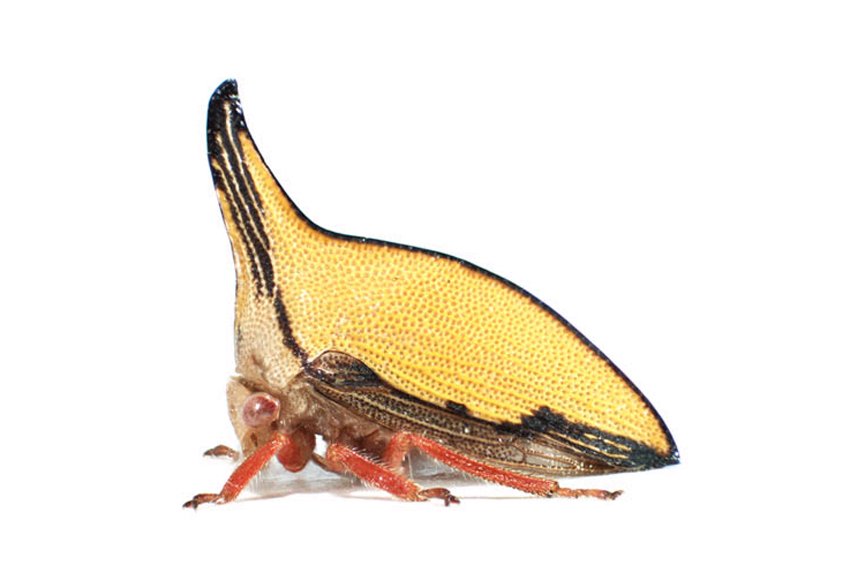
The researchers at the Institut de Biologie du Développement de Marseille-Luminy in France studied the genes involved in the treehoppers' development of both wings and helmets and found similarities. Although the helmets are created using the treehopper's wing-making machinery, they aren't used for flight.
Odd Oeda
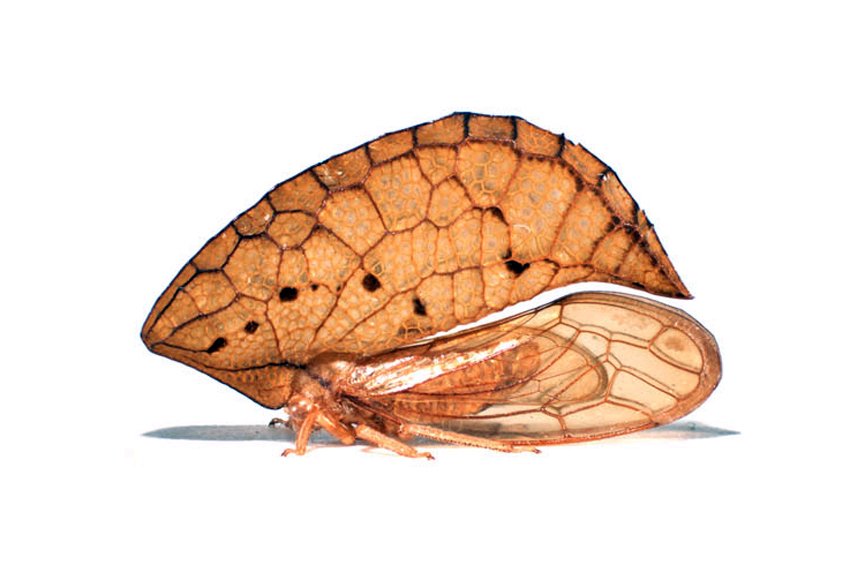
The Oeda species of treehoppers has a yellowing lace-like design on its helmet, which snugly fits right above it gossamer wings.
Black & White "Hat"
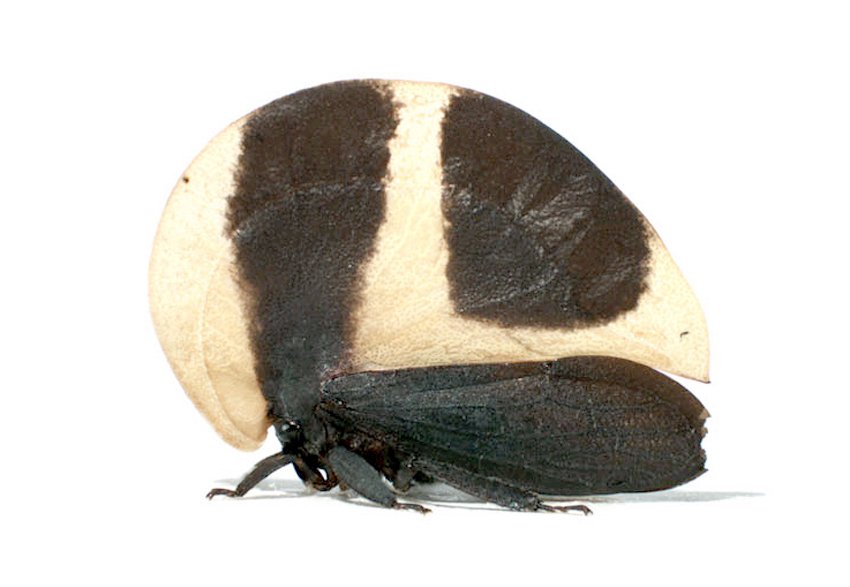
Treehoppers, including this Membracis foliata (Linnaeus) with cow-like spots, are from the Homoptera order of insects.
The Fake Ant
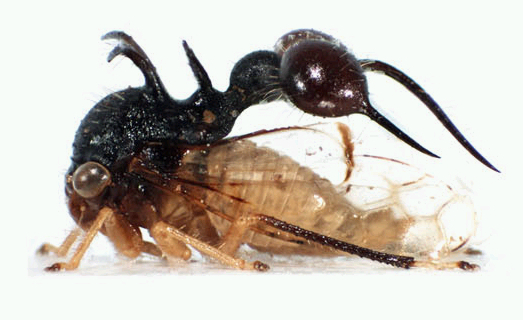
Treehoppers can usually be identified by the spectacular humps on their backs. The Cyphonia clavata species even dons headgear that looks like an ant in a defensive position.
Strange Shapes
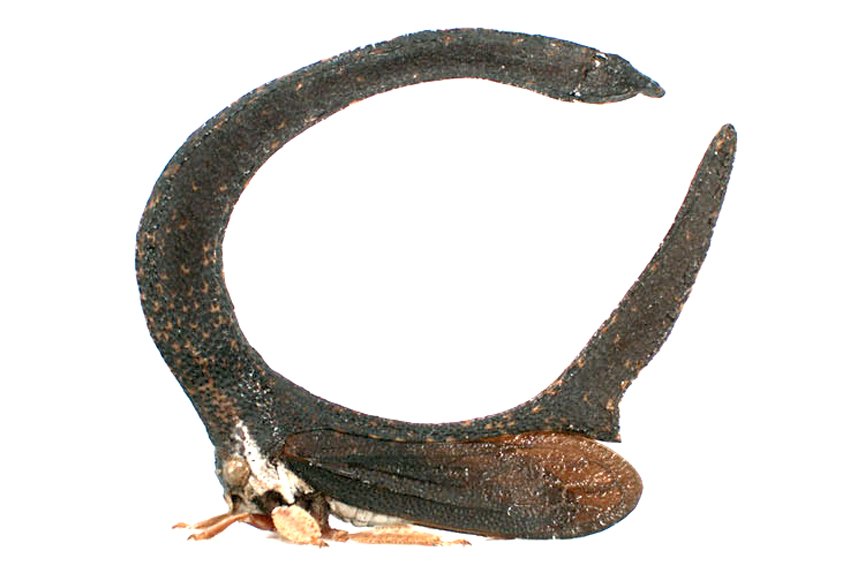
The Cladonota species of treehoppers has a horseshoe-shaped helmet that helps it to blend in among branches and dried leaves.
Sign up for the Live Science daily newsletter now
Get the world’s most fascinating discoveries delivered straight to your inbox.
Seashell Helmet
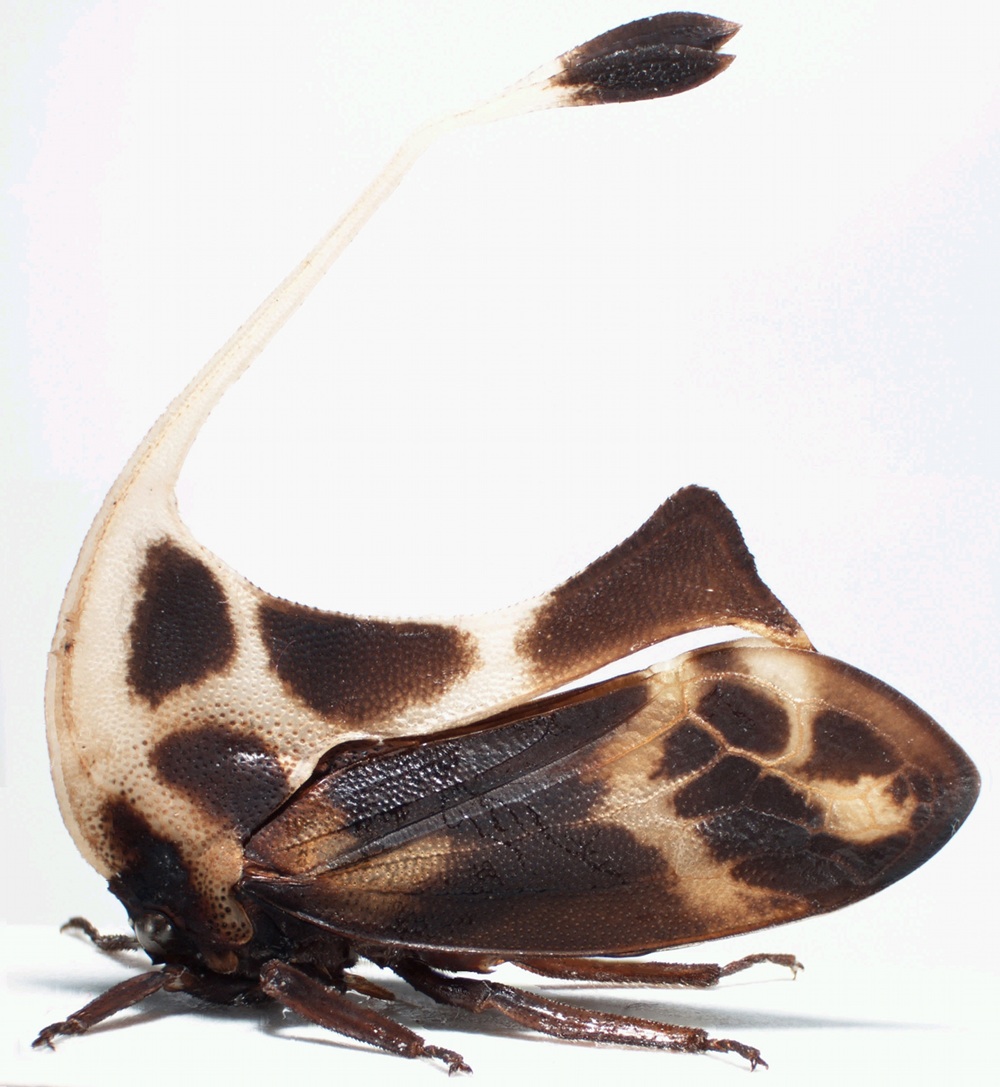
This specimen of Gigantorhabdus enderleini has a helmet that flawlessly blends in with its wings. The pattern on its headgear resembles that of tiger cowrie (Cypraea tigris) seashells.
Camouflage Masters
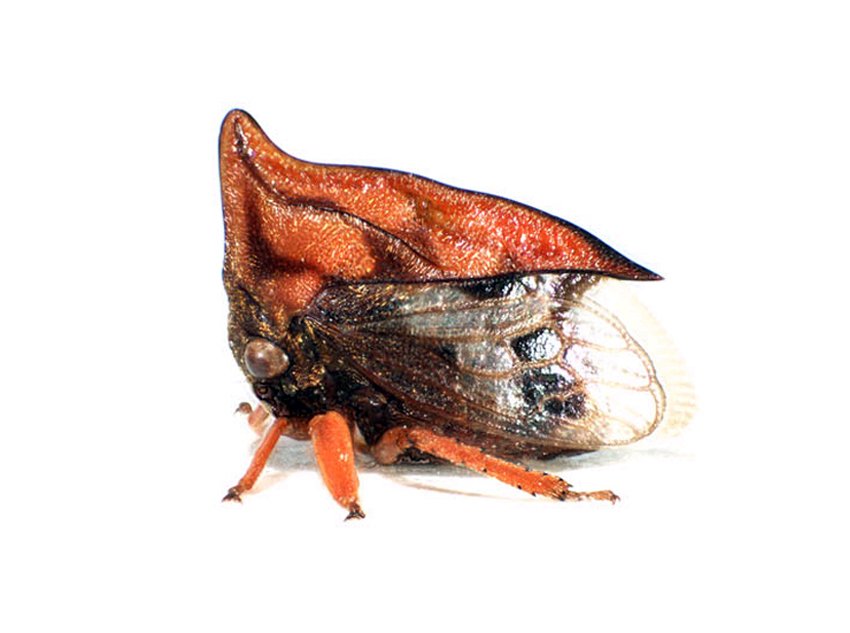
"We don't know the function of the helmet," Benjamin Prud'homme of the Institut de Biologie du Développement de Marseille-Luminy told LiveScience. "To human eyes, they look like they mimic the environment in which the animal lives."
Serpentine Insect
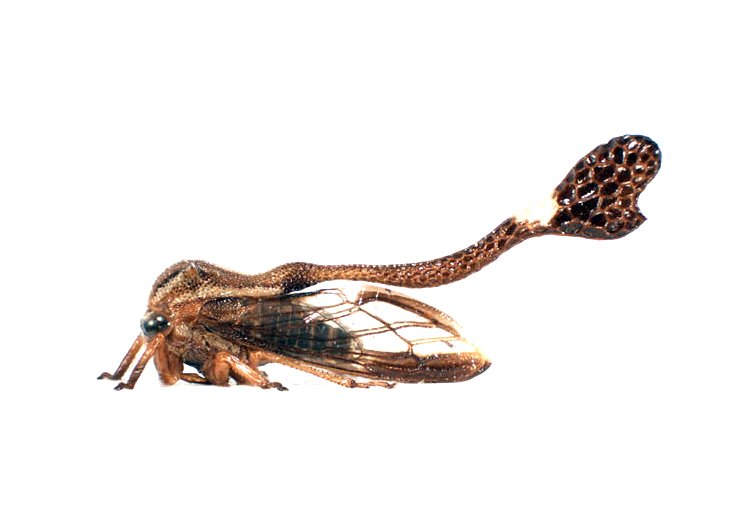
This treehopper's helmet makes it appear to have a massive, leathery tail.
Ready For the Beach
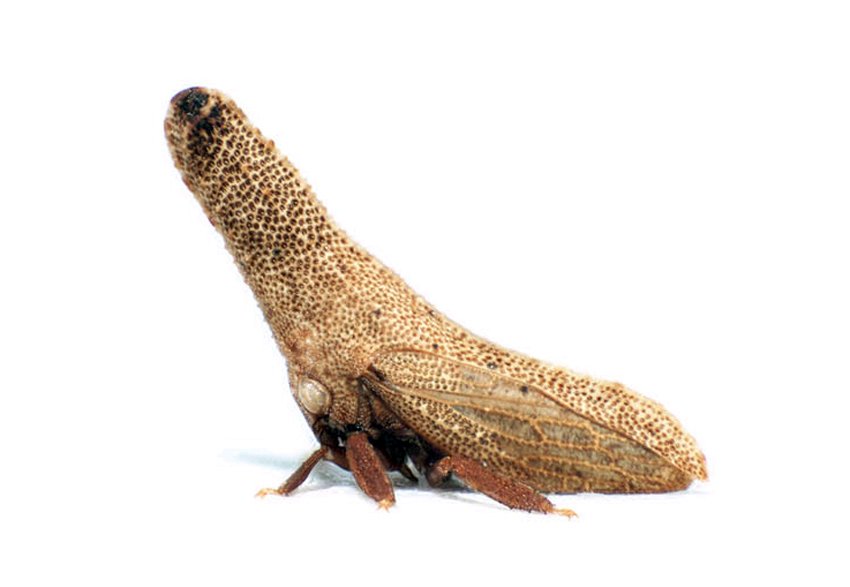
This treehopper's unique helmet covers almost all of its body and looks like a piece of white coral.









